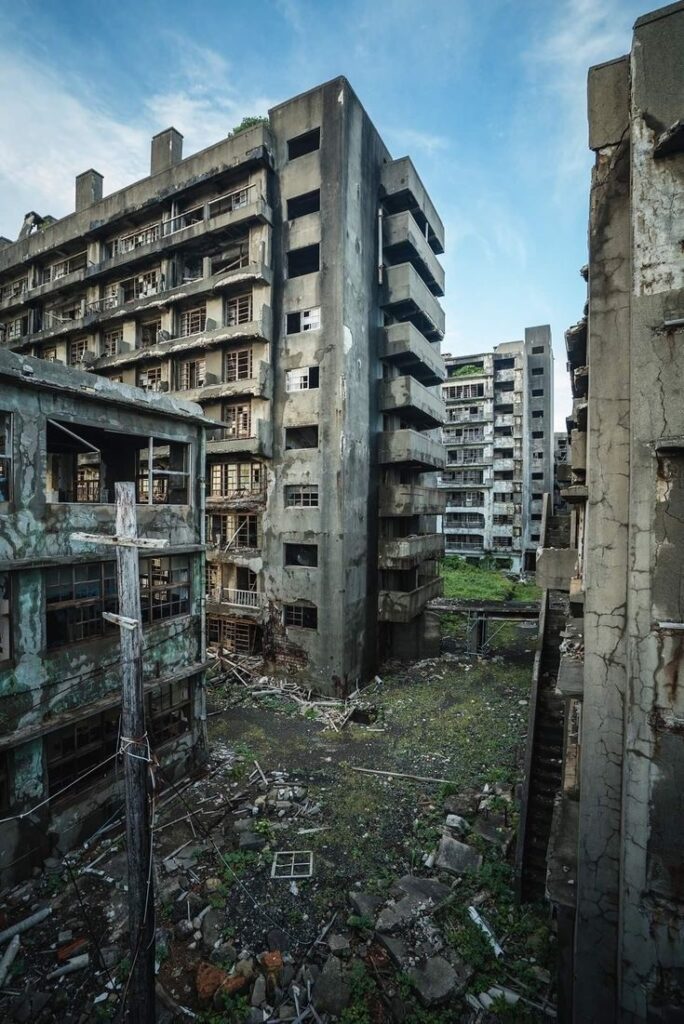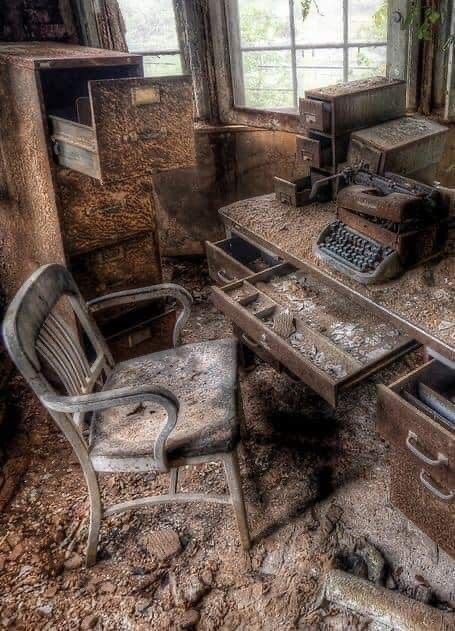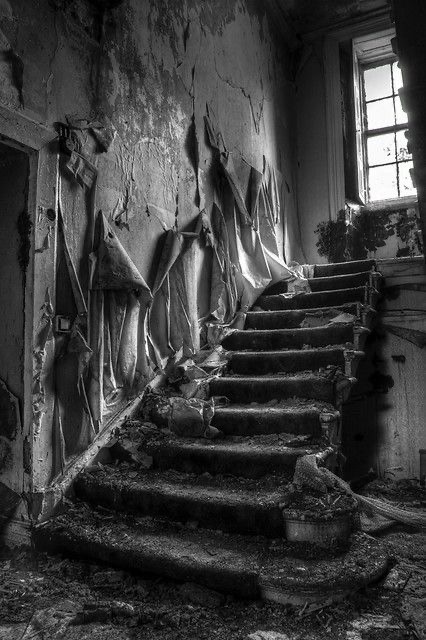In a society that frequently exalts youth, vitality, and flawlessness, an alternative form of beauty has surfaced known as the aesthetics of deterioration. This artistic and philosophical trend discovers loveliness within the process of decay, the ruin, and the inexorable march of time.
Deterioration has long been a source of interest. Ruined buildings, items, and natural settings have always piqued the interest of artists, writers, and photographers throughout history. Why does degradation captivate our perceptions and inspire our creativity?
The dramatic contrast it offers is one factor contributing to its allure. The transience of human existence is contrasted with the resiliency of the natural world in decay. It serves as a potent reminder that everything eventually succumbs to the unrelenting march of time, no matter how great or resilient it may be. A powerful aesthetic experience is produced by this interaction of the transient and the permanent.

The eerie fascination of urban ruin was expertly captured in the work of photographers like Eugene Atget and Walker Evans. Through their lenses, abandoned industries, dilapidated buildings, and corroding equipment acquired a melancholy appeal. Viewers are transported to a bygone era by these photos, which arouse nostalgia.
A similar tendency to incorporate features of deterioration and weathering into modern structures may be seen in the fields of architecture and design. The “wabi-sabi” philosophy, which originates in Japan, totally accepts flaws, wear, and age. It values the aesthetic qualities of weathered wood, chipped pottery, and worn-out textiles, seeing in them the physical reminders of a rich past and a life well-lived.
In literature, the aesthetics of decay have also found their place. Writers like Edgar Allan Poe and H.P. Lovecraft frequently employed deteriorating, dilapidated settings to intensify the eerie and disconcerting atmospheres within their tales. These settings assume a character of their own, bestowing depth and intricacy upon the narrative.

But why do we find beauty in what is, by definition, a state of decline? One theory is that it allows us to confront our mortality. The decay of physical objects mirrors our own mortality, making us reflect on the transient nature of human existence. In doing so, we find a sense of connection with the world around us.
In addition, degradation can be seen as a type of rejuvenation. Old buildings disintegrate, making space for new growth and transformation. Nature frequently reclaims abandoned areas, and this ongoing cycle of deterioration and revival represents resiliency and renewal.
Deterioration has been adopted as a major motif in the works of artists like Anselm Kiefer and Banksy. Kiefer’s large-scale paintings use decomposing organic materials like straw and sunflowers, blurring the distinction between painting and sculpture. The satirical statements about urban deterioration that frequently appear in Banksy’s street art cause visitors to reconsider their surroundings.

The aesthetics of decay challenge our conventional notions of beauty and remind us that imperfection and transience have their own allure. They encourage us to see the world through a different lens, one that values the history, stories, and emotions embedded in the decaying and the ruined.
The aesthetics of decay offer a counterbalance—a tribute to flaws, ageing, and the transient—in a world that is becoming ever more concentrated on youth and beauty. It beckons us to look for art in the most unlikely places and values the beauty that results from the passage of time and the unavoidable nature of change.
Sources
- https://en.m.wikipedia.org/wiki/Eug%C3%A8ne_Atget
- https://en.m.wikipedia.org/wiki/Edgar_Allan_Poe
- https://www.amazon.com/Aesthetics-Decay-Nothingness-Nostalgia-Absence/dp/0820486469#:~:text=In%20The%20Aesthetics%20of%20Decay,critique%20of%20progress%20to%20emerge.
- https://www.scribd.com/document/199259857/aesthetics-of-decay




